Pacific Southwest, Region 9
Serving: Arizona, California, Hawaii, Nevada, Pacific Islands, 148 Tribes
Successes in 2004: Safe Water
Note: EPA no longer updates this information, but it may be useful as a reference or resource.
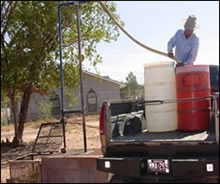
In 2004, many tribes continue to lack basic water infrastructure, endangering the health of their members. For example, 19% of tribal homes lacked access to safe drinking water in 2004, compared to less than 1% of homes nation-wide.
Nevertheless, tribes are working in partnership with EPA to provide safe water for all members. In 2004, EPA was able to provide $9 Million to improve drinking water for 4,411 homes. An additional $8.6M was provided for wastewater infrastructure projects serving 2,000 tribal homes.
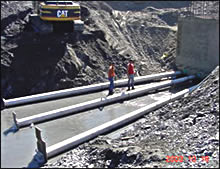
Since 1989, EPA Region 9 has provided funding to improve water infrastructure for over 33,000 tribal homes.
Protecting water quality
Much of Indian country is arid, and water is a very precious resource. Bays, rivers, streams and lakes support critical fisheries and habitats that are essential to the way of life for many tribes. In 2004, the EPA Pacific Southwest office provided $12 Million to 85 tribes through 130 grants for protection of their rivers, streams, and wetlands through the Clean Water Act.
Here are some examples of the many successful water projects of 2004:
The Salt River Pima-Maricopa Indian Community, located in the Phoenix metropolitan area, completed two phases of an important Nonpoint Source Pollution Control project to improve the Salt River’s water quality and riparian habitat by the creation of a wetland. This wetland provides for the removal of pollutants associated with agricultural and urban runoff that would otherwise discharge into the Salt River. In addition, the wetland provides an ideal habitat for wildlife, since 90 percent of these species are found in the lush greenery of streams and wetlands, even though the surrounding desert area is dry.
Using Water Pollution Control funds, the Gila River Indian Community has been able to drill wells and monitor groundwater to determine the location, level, migration and source of a tri-chloroetheylene (TCE) plume.
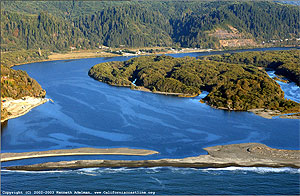
In 2004, EPA awarded more than $1 Million to five tribes in the Klamath Basin. This funding supports water quality monitoring and participation in processes and decisions that impact Klamath River water quality.
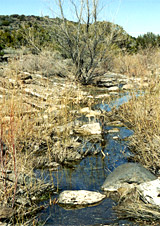
EPA approved the Hualapai Tribe’s Water Quality Standards Program, which provides the Hualapai, who have lived near the Grand Canyon for centuries, with the authority and the criteria for regulating discharges into tribal waters. This will ensure that the Tribe, located in the remote, environmentally and culturally significant Grand Canyon, is able to protect and preserve the quality of its water resources for future generations.
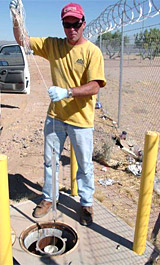
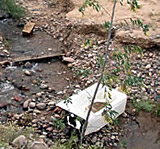
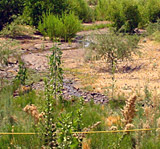
Drinking Water - 2005 Goals
- Increase compliance with 1986 drinking water rules from 87% to 95%.
- Compliance with new microbial rules (20 workshops per year).
- Implement Tribal Arsenic Strategy
Water Quality Protection - 2005 Goals
- Assist over 90 tribes in protecting water resources
- 58 tribes restoring watersheds
- 60 tribes with approved monitoring programs
Water Program Authorization Goals
- EPA will review proposed water quality standards from the Navajo Nation, Hopi, Bishop, Pyramid Lake, and Big Pine Tribes, who are working toward treatment as a state.
- EPA will also review the Navajo Nation’s application to run its own Underground Injection Control program.
- EPA will increase tribal inspections.
Tribal Inspection Goals
| 1st Qtr | 2nd Qtr | 3rd Qtr | 4th Qtr | Total | |
| Drinking water | 20 | 20 | 20 | 13 | 73 |
| Clean Water Act | 8 | 13 | 2 | 0 | 23 |
| Underground Injection Control | 14 | 28 | 24 | 24 | 90 |
| Pacific Southwest NewsroomPacific Southwest Programs | Grants & FundingUS-Mexico Border | Media Center Careers | About EPA Region 9 (Pacific Southwest)A-Z Index |
